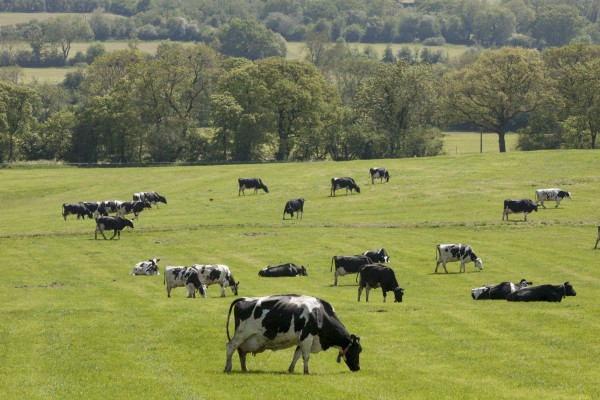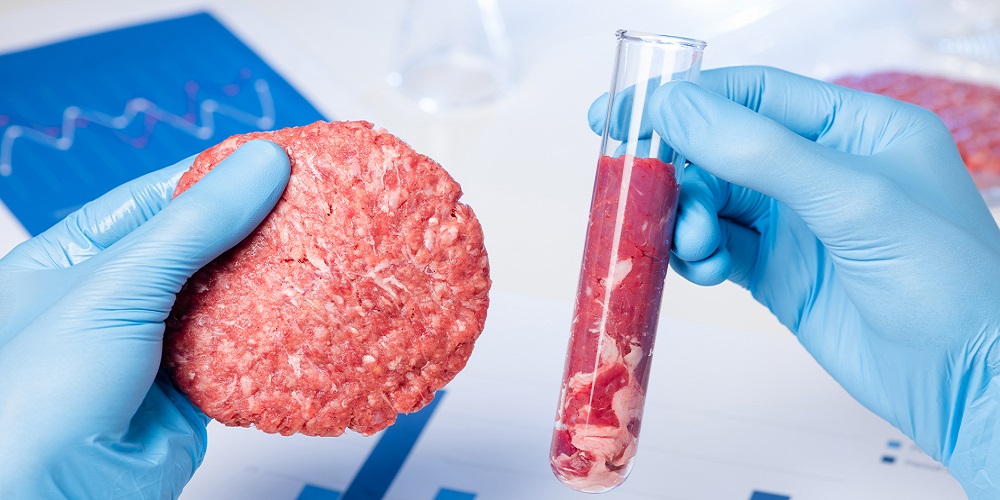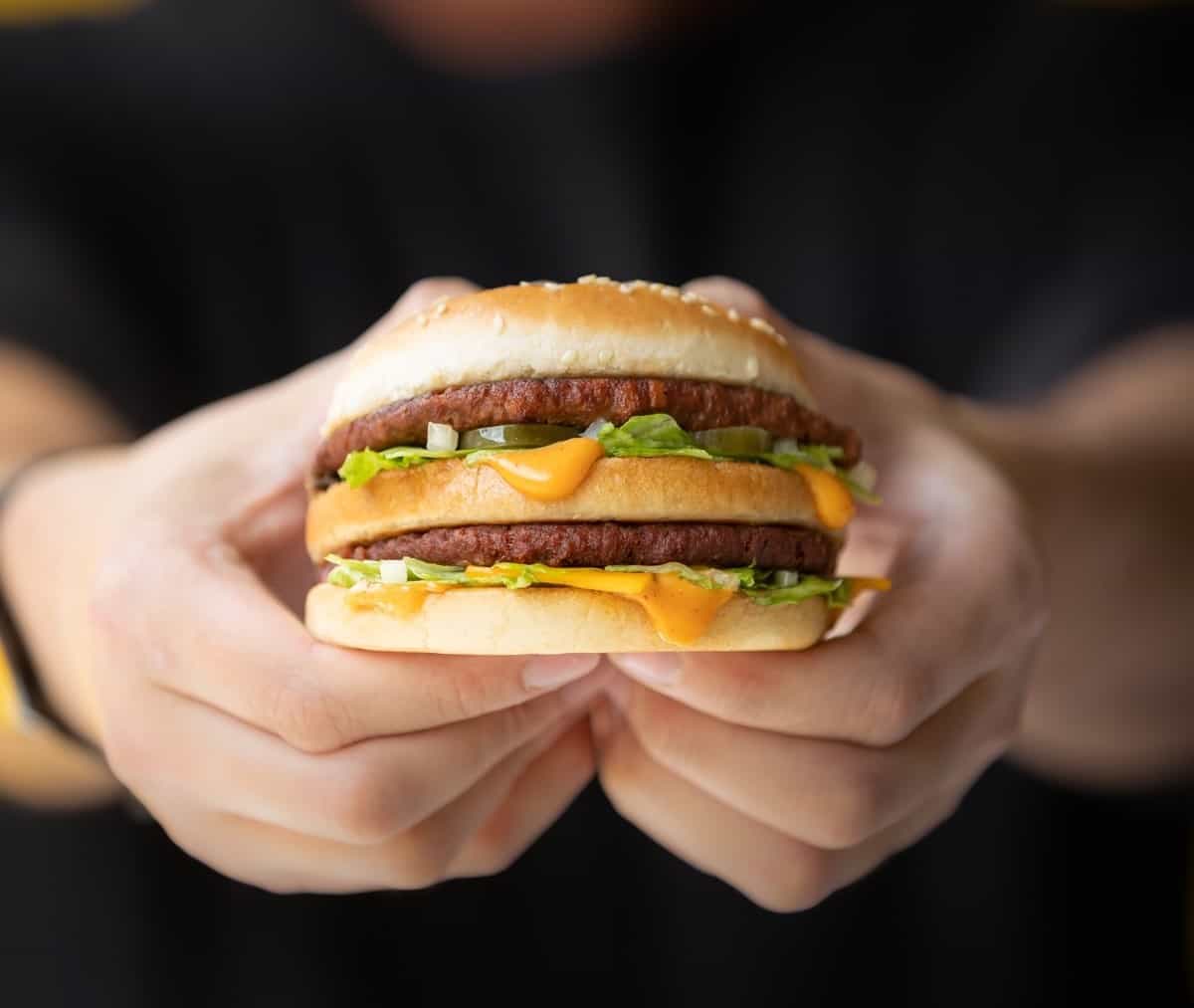As Australians, most of us are pretty familiar with the devastation that comes from droughts.
We have a huge agricultural industry that has had many struggles with the tough seasonal shifts in rainfall. And I’m not talking on a year-by-year basis because droughts are often part of much bigger and longer climate trends.
Whether you buy into manmade climate change or not, history shows us that extreme weather events have been a staple across the globe for centuries. And when it comes an extreme lack of rainfall, it can often lead to extreme upheaval.
After all, without rain, there is no way to grow crops. Without crops, there is no way to sustain livestock. And without either, societies often begin to run out of food…

Right now, that is exactly what we’re seeing across much of the Northern Hemisphere.
Europe, in particular, has been a focal point in recent headlines. Rivers are running dry as a lack of water squeezes farmers amidst an already tough economic backdrop.
It may be the worst drought the region has endured in 500 years!
Despite this devastating claim, the bigger problem is likely further to the east. Because while Europe’s problems are dire, the situation in China may have much bigger consequences…
Turmoil in agriculture leads to turmoil in markets
One of the more fascinating titbits of information about China’s history is its ties to the weather.
Some of the longest and most important periods in the nation’s past — the Tang, Yuan, and Ming dynasties — all collapsed partly due to drought. In other words, less rain leads to more unrest and the eventual change in imperial rule.
So, with China currently enduring one of the worst heatwaves in 60 years, I can’t help but wonder what sort of repercussions it may have. Could the weather finally be the straw that breaks Xi’s iron rule?
Probably not, but no one should be underestimating the impact of this problem.
For the local population, homes, and factories have already had major power blackouts. This is due to a lack of output from hydropower due to the sparse rainfall.

As the world’s manufacturing hub, that could place a burden on output for more economies than just China. It’s the kind of problem that may only exacerbate already high prices amidst our current bout of inflation.
Agriculture, though, is likely the biggest consideration.
Wheat, for example, is a big consideration. China has been the leading grower of this key grain for the past decade. This drought is seriously jeopardizing their usual production capabilities.
That’s on top of the issues in the Ukraine and Russia too — two nations that are also big wheat-growing economies that are now locked in war.
That’s why, according to the UN’s Food and Agriculture Organisation (FAO), there is unlikely to be enough wheat production to meet demand in the year ahead. It’s just one example of many that are at play in our ongoing food crisis.
And for investors, whether you trade directly in these soft commodities or not, it’s something you can’t afford to ignore…
However, it’s not all doom and gloom either.
Humanity has endured drought before, and we’ll endure it again now. What matters is how we do it.
The future of food
In my view, people should be excited about the opportunity that lies ahead for agriculture.
Few industries have the same potential for innovation as farming and food science. New tools like robotics, artificial intelligence, and gene editing are all poised to bring new ideas to how we grow and source our food.
And all of that will eventually lead us closer to the pinnacle of ‘new food’: cultured meat.
If you’ve not heard of cultured meat before, it’s essentially livestock meat that has been grown in a lab rather than a paddock. Using cellular science, researchers can manufacture food without the need to actually rear or kill an animal.
Of course, for many, this probably sounds eerily dystopian. Critics often liken it to eating some Frankenstein-like flesh derived from a petri dish.

I don’t doubt that there will be some hesitation to cultured meat at first.
But the long-term potential to engineer cheaper, tastier, and more sustainable food is an incredible feat. One that I firmly believe will end up winning people over once they actually get a taste of it.
More importantly, it also has the potential to feed the hungry in times of food crises like the one we’re currently in. As one food scientist from UCLA making headway in this field recently noted:
‘Animal cells that can be coaxed to form tissues similar to meats could offer a protein source to a world facing food insecurity caused by threats ranging from epidemics to natural disasters.’
The challenge is developing the science to a point where mass manufacturing is possible. It’s a challenge that is obviously going to require serious investment.
So, while there aren’t many options open to public investors just yet, they will come.
Because like it or not, cultured meat is the future of food. It is simply a matter of when not if people will be chowing down on it…








